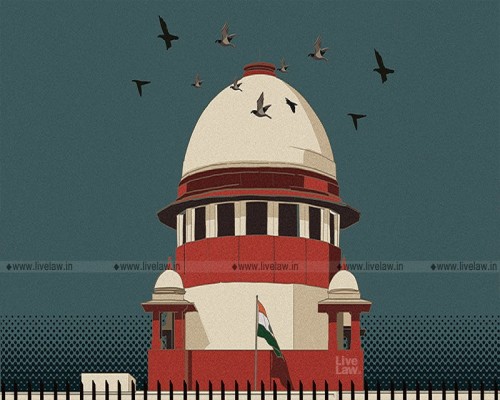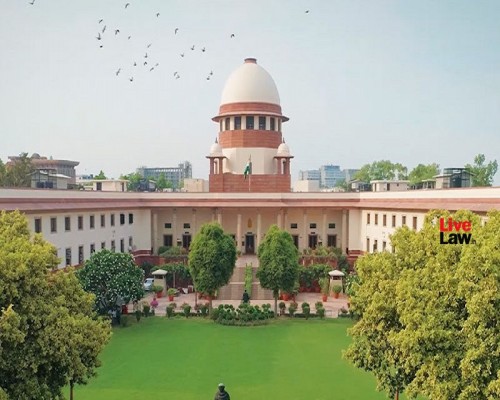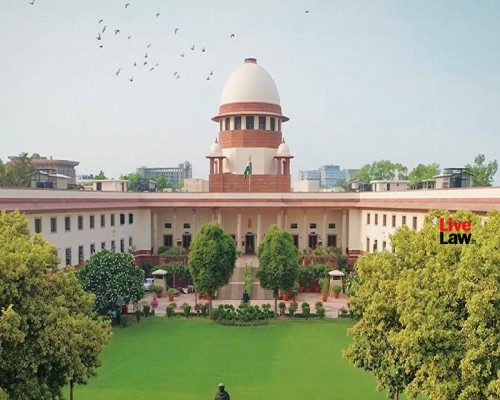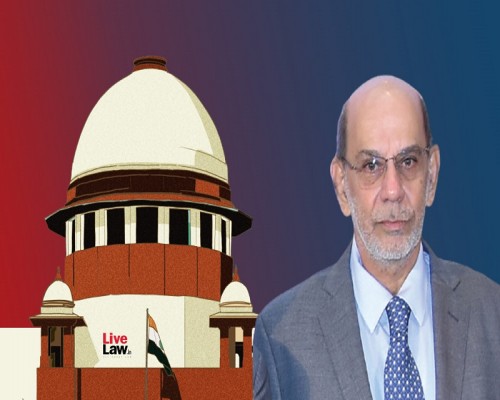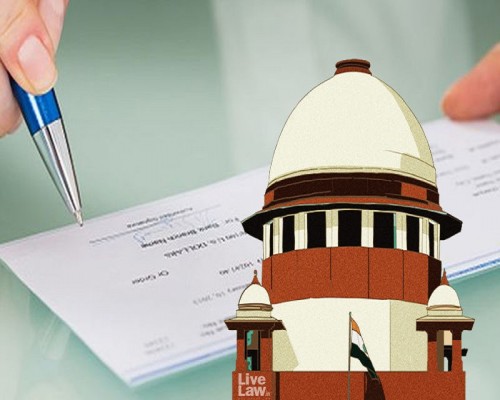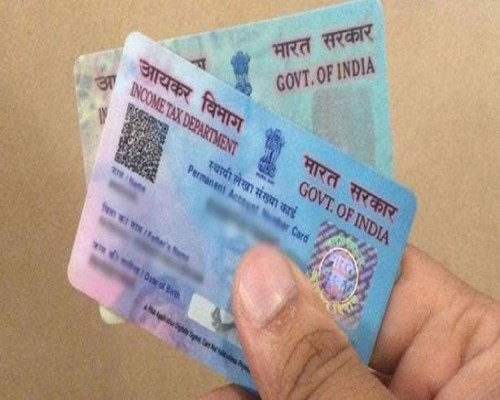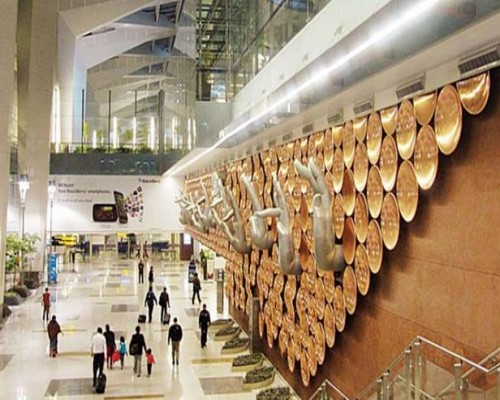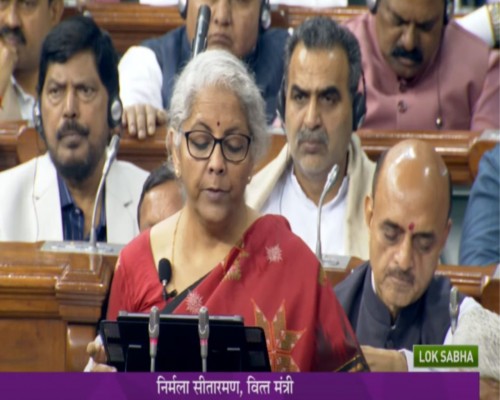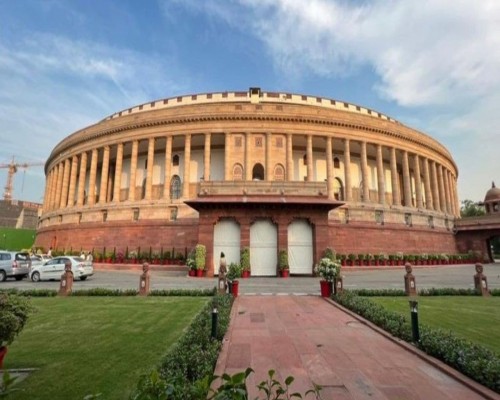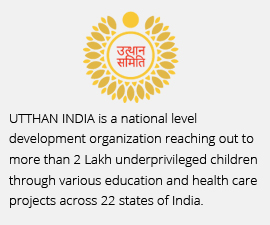Language and Cultural Identity of Malta
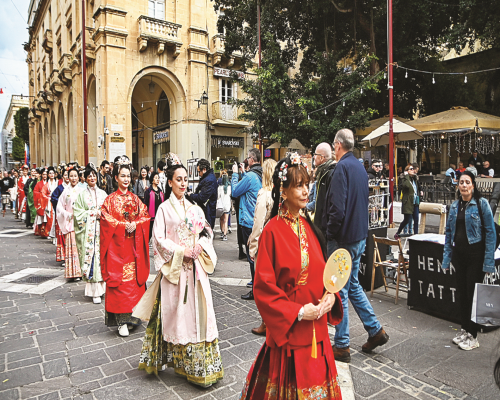
Introduction:
The story of Malta is one of cultural amalgamation and linguistic synthesis. Nestled in the heart of the Mediterranean, Malta's history is a tapestry woven from the threads of various civilizations, each contributing to its rich cultural identity. At the core of this identity lies the Maltese language, a unique blend of Semitic and Romance influences that serves as a symbol of Malta's heritage. In this essay, we delve into the intricate relationship between language and cultural identity in Malta, exploring the historical evolution of the Maltese language, its role in shaping cultural expression, and its significance in defining Maltese identity.
1. Historical Context:
Malta's cultural identity is deeply rooted in its history, which spans thousands of years. Situated at the crossroads of Europe, Africa, and the Middle East, Malta has been inhabited since ancient times, with successive waves of settlers leaving their mark on the island's culture and language.
1.1 Prehistoric Malta: The earliest evidence of human settlement in Malta dates back to around 5200 BCE, with the construction of megalithic temples such as Ħaġar Qim and Mnajdra. These temples, some of the oldest free-standing structures in the world, attest to the advanced civilization that flourished on the islands during the Neolithic period.
1.2 Classical Period: Malta's strategic location made it a prized possession for ancient Mediterranean powers. The Phoenicians, Greeks, and Romans all left their mark on the island, introducing new languages, religions, and cultural practices. The Roman period, in particular, had a profound impact on Malta's cultural identity, with Latin becoming the dominant language and Christianity taking root.
1.3 Arab Rule: In the 9th century CE, Malta was conquered by the Arabs, who introduced the Arabic language and Islamic culture to the islands. Although Arab rule was relatively short-lived, lasting only a few centuries, it left a lasting legacy on Malta's language and architecture.
1.4 Medieval and Early Modern Period: In the following centuries, Malta came under the rule of various European powers, including the Normans, Angevins, and Aragonese. These successive waves of conquest brought Malta into contact with Romance languages such as Sicilian and Italian, which would later influence the development of the Maltese language.
1.5 Knights of St. John: The Knights of St. John, a religious order established in the 12th century, played a crucial role in shaping Malta's cultural identity. Under their rule, Malta flourished as a center of Christian pilgrimage and military defense, with the Knights leaving behind a legacy of fortifications, palaces, and churches that still define Malta's landscape today.
1.6 British Colonial Period: In the 19th century, Malta became a British colony, marking another chapter in its history. British rule brought significant social, economic, and cultural changes to Malta, including the introduction of English as an official language alongside Maltese.
2. The Maltese Language:
The Maltese language is the cornerstone of Malta's cultural identity, serving as a symbol of national pride and unity. A unique blend of Semitic and Romance influences, Maltese is unlike any other language in the world, reflecting Malta's diverse heritage and multicultural history.
2.1 Semitic Roots: The roots of the Maltese language can be traced back to the Semitic languages spoken by the ancient inhabitants of the Mediterranean region. With the arrival of the Arabs in the 9th century, Arabic became the dominant language in Malta, laying the foundation for the development of Maltese.
2.2 Romance Influence: Over time, Maltese evolved through contact with Romance languages such as Sicilian and Italian, resulting in a unique linguistic fusion. While Arabic provided the grammatical framework and vocabulary, Romance languages contributed to the phonology and syntax of Maltese, giving rise to its distinct character.
2.3 European Impact: Malta's linguistic landscape was further enriched during the medieval and early modern period, as the island came under the rule of various European powers. Latin, French, and Spanish all left their mark on the Maltese language, with loanwords and grammatical structures assimilated into the vernacular.
3. Cultural Expression:
Language serves as a vehicle for cultural expression, allowing individuals to articulate their identity, beliefs, and values. In Malta, the Maltese language is not just a means of communication but also a medium through which cultural traditions are preserved and celebrated.
3.1 Literature and Poetry: Maltese literature has a long and rich tradition, dating back to the medieval period. From epic poems to romantic ballads, Maltese writers have used the language to explore themes of love, loss, and national identity, contributing to Malta's cultural heritage.
3.2 Music and Dance: Music and dance are integral to Maltese culture, with traditional folk songs and dances reflecting the island's diverse heritage. From the lively rhythms of the Ġożiża to the haunting melodies of the Maltese ballad, music plays a central role in Malta's cultural identity.
3.3 Religious Festivals: Religious festivals are an important aspect of Maltese culture, with elaborate processions and celebrations held throughout the year. From the Feast of St. Paul to the Good Friday processions, these events provide an opportunity for communities to come together and express their faith.
4. Contemporary Challenges:
While Malta's cultural identity remains strong, it faces challenges in the modern era, particularly with regard to globalization and linguistic homogenization.
4.1 Globalization: The rise of globalization has led to increased exposure to foreign languages and cultures, raising concerns about the preservation of Malta's linguistic and cultural heritage. English, in particular, has become increasingly dominant in Malta, especially among younger generations.
4.2 Language Policy: The promotion of Maltese as the national language is essential for preserving Malta's cultural identity. Efforts to promote Maltese in education, media, and public life are crucial for ensuring its survival in an increasingly globalized world.
Conclusion:
In conclusion, language and cultural identity are deeply intertwined in Malta, with the Maltese language serving as a cornerstone of the island's heritage. From its ancient origins to its modern-day expression, Maltese reflects the diverse influences that have shaped Malta's cultural identity over the centuries. While challenges remain, Malta's linguistic and cultural heritage continue to thrive, serving as a source of pride and unity for its people.




